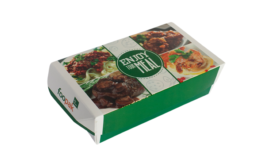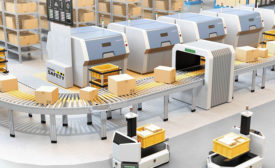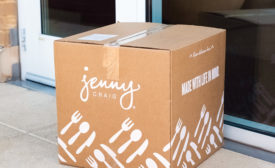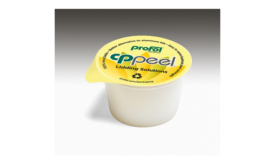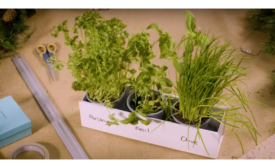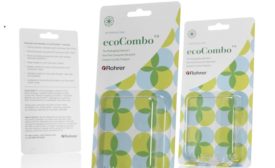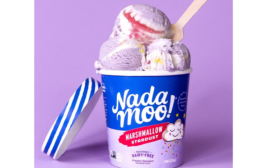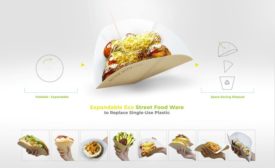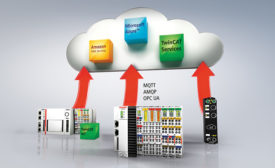Sustainable Packaging
Automation
Packaging Machine Safety
Machine safety is about productivity, not just compliance.
April 12, 2020
Brand Packaging: Eco-Packaging Case Study
Brands Turn to Foam for Protection of Perishables
April 12, 2020
Automation
There Is No One-Size-Fits-All IIoT Strategy
With or without the cloud, scalable IIoT technologies solve common problems, such as inefficient compressed air systems.
March 20, 2020

